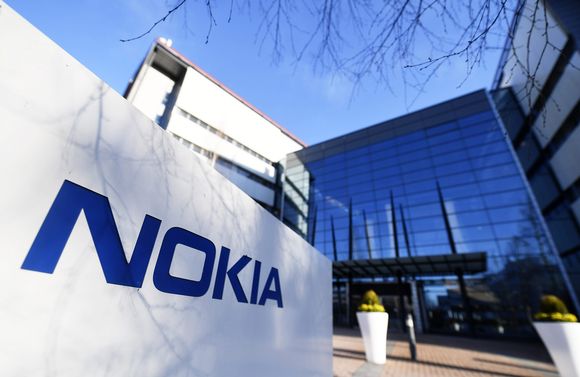
Barclays maintains an “Underweight” rating on Nokia, adjusting the price target to EUR 3.50 from EUR 3.
Nokia’s high P/E ratio of 63.14 suggests market expectations of future growth, despite a cautious outlook from analysts.
The company demonstrates financial stability with a low debt-to-equity ratio of 0.19 and a strong liquidity position, indicated by a current ratio of 1.73.
Nokia Corporation (NYSE:NOK) is a prominent player in the B2B technology sector, known for its innovative solutions in mobile, fixed, and cloud networks. The company is also recognized for its pioneering research through Nokia Bell Labs. Recently, a manager’s transaction involving Patrik Hammarén, a senior manager, was reported. Hammarén received 498 shares as a share-based incentive on October 31, 2024, under the EU Market Abuse Regulation.
Despite Nokia’s strong position in the technology sector, Barclays has maintained an “Underweight” rating for the company, with a “hold” action. As of October 30, 2024, Nokia’s stock price was $4.78. Barclays also adjusted Nokia’s price target to EUR 3.50 from EUR 3, reflecting a cautious outlook on the company’s stock performance.
Nokia’s financial metrics provide insight into its market valuation. The company has a high price-to-earnings (P/E) ratio of 63.14, indicating that investors are paying a premium for each dollar of earnings. This suggests that the market has high expectations for Nokia’s future growth. The price-to-sales ratio of 1.19 shows that the market values Nokia at 1.19 times its annual sales, which is relatively moderate.
The enterprise value to sales ratio of 1.08 and the enterprise value to operating cash flow ratio of 6.84 highlight Nokia’s valuation in relation to its sales and cash flow. These figures suggest that the company’s total value is closely aligned with its sales and cash flow from operations. Additionally, Nokia’s earnings yield of 1.58% indicates modest earnings relative to its share price.
Nokia’s financial stability is further supported by a low debt-to-equity ratio of 0.19, showing a conservative approach to leveraging debt. The current ratio of 1.73 suggests that Nokia has a strong liquidity position, capable of covering its short-term liabilities effectively. These financial metrics reflect Nokia’s commitment to maintaining a secure and sustainable business model.

